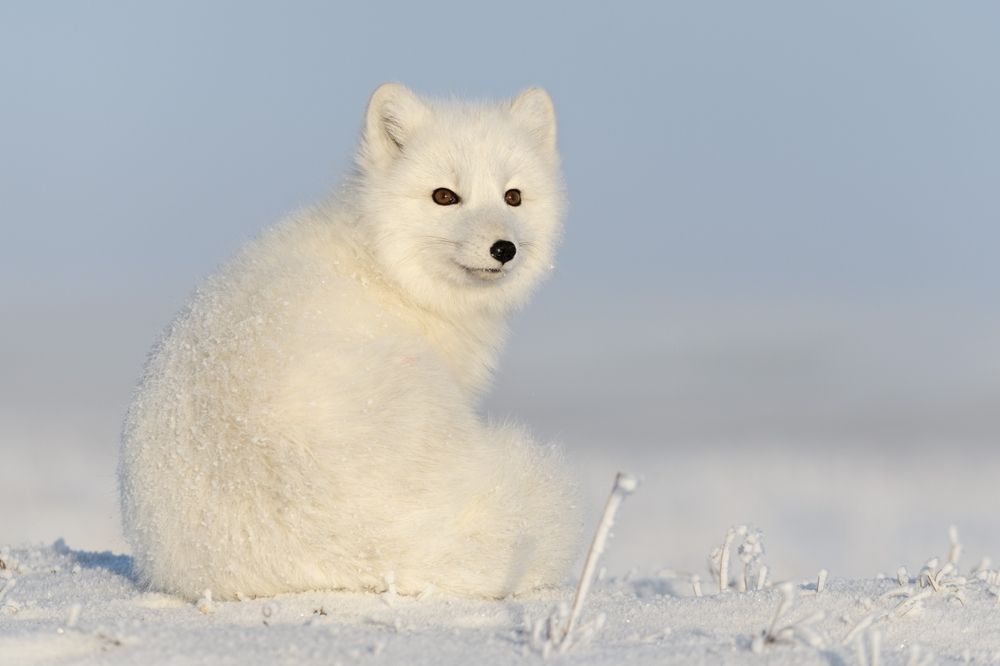PNAS Nexus
@pnasnexus.org
1.4K followers
13 following
320 posts
Discover groundbreaking news and research from PNAS Nexus, the sibling journal to @pnas.org - both official journals of the National Academy of Sciences. Visit www.pnasnexus.org for more information.
Posts
Media
Videos
Starter Packs
Pinned
























